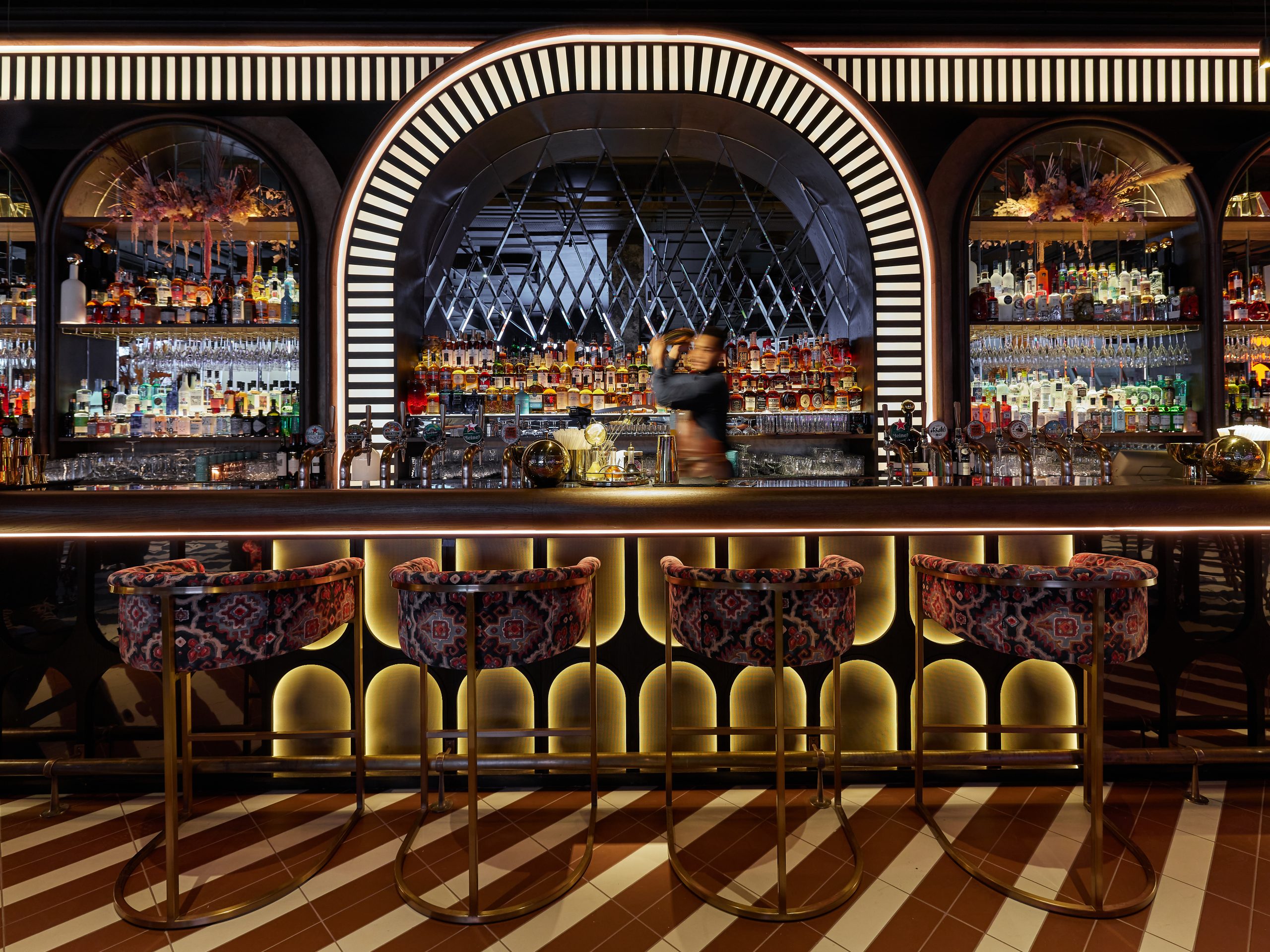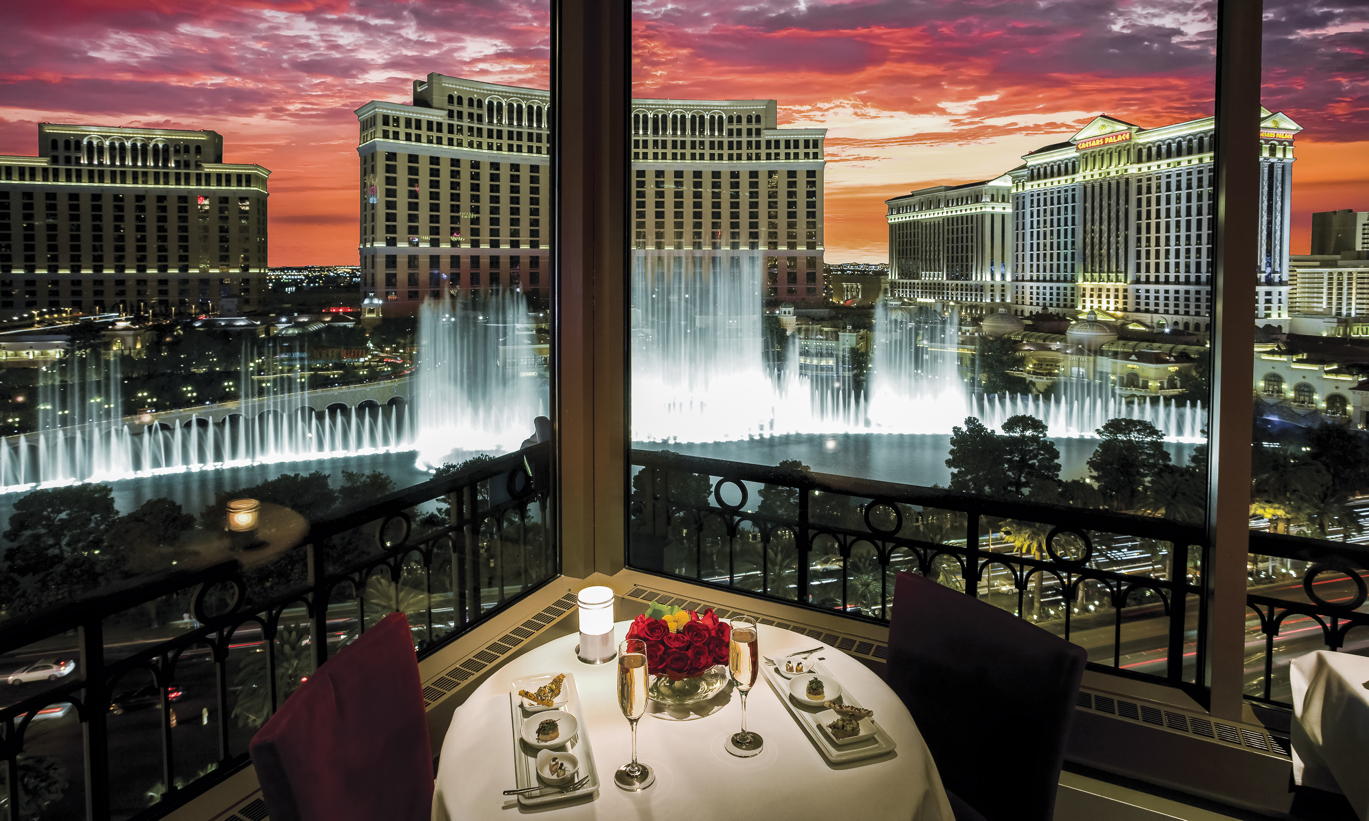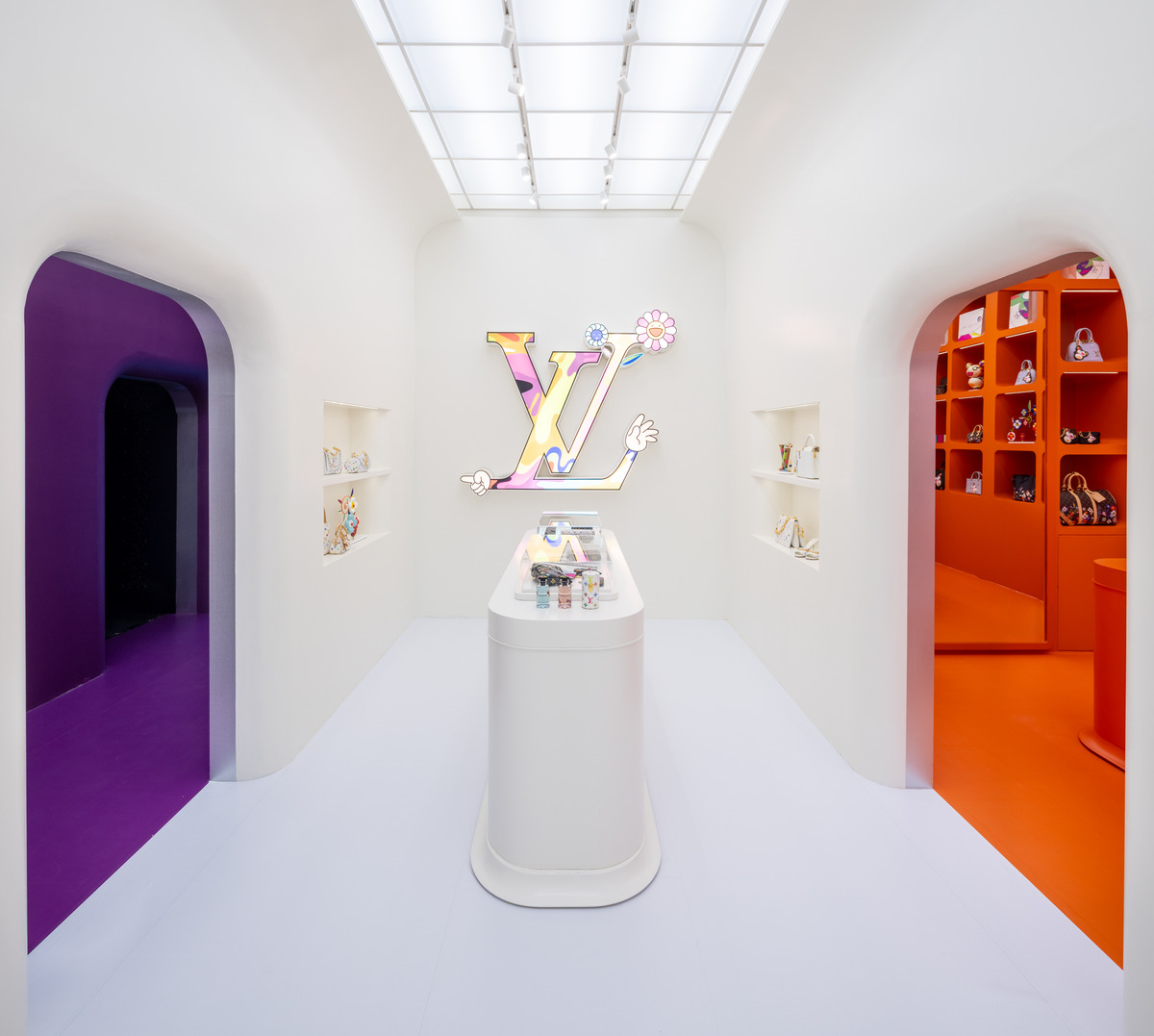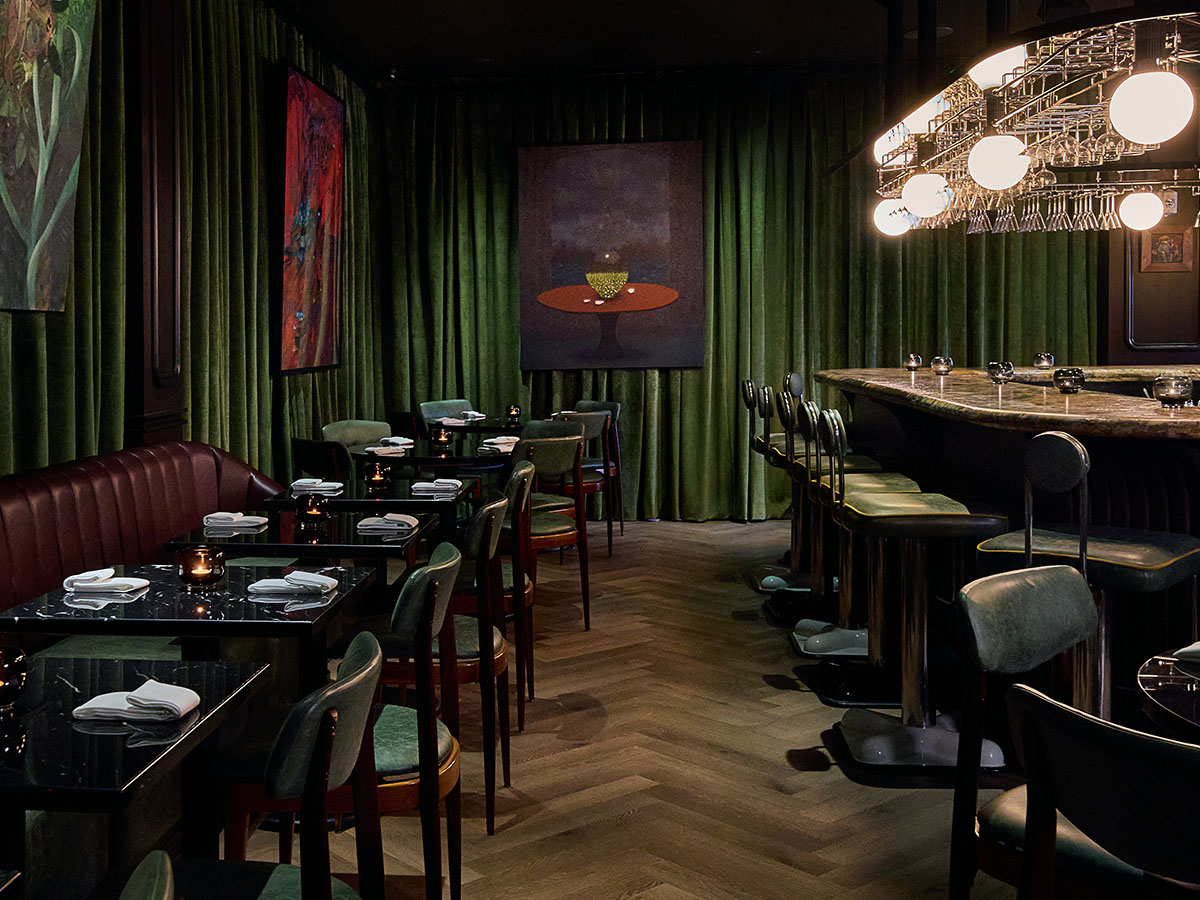Between Art and Architecture: Art Basel Miami Beach
With Art Basel Miami Beach’s maze-like setup in the Miami Beach Convention Center, gallerists need to create a distinguishable booth that complements their artists.
By Marina Cashdan
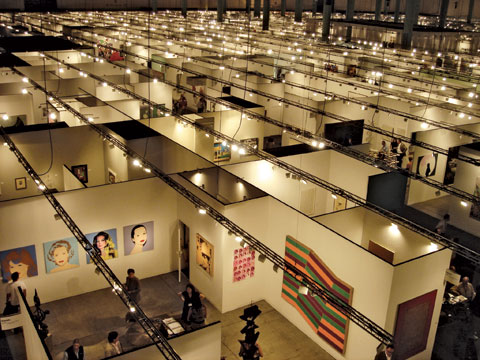
Thousands of artists, collectors, dealers, and revelers from around the world migrate to Miami Beach every December to participate in the annual Art Basel Miami Beach, the mega-sibling offshoot of Switzerland’s Art Basel. An exclusive selection of 200 leading art galleries from North America, Latin America, Europe, Africa, and Asia exhibit 20th- and 21st-century artworks by more than 1,500 artists, all under the roof of the Miami Beach Convention Center. With so many galleries represented, the astronomical space can lead to sensory overload and often a skein-like journey. For this reason, galleries need a unique space to set them apart from neighboring galleries. Architect Markus Dochantschi, principal of New York-based firm StudioMDA, remarks, “You go to the art fair and every booth is literally the same. You get lost between the mazes of booths. When [gallerist David Nolan and I] came together three years ago, an important part was to discuss how can you turn a limited space into something that would, A, work for the art; B, work for the gallerist; and C, has a special quality so that [buyers/collectors] will remember the space.” Dochantschi, who was project manager for Zaha Hadid for nine years, collaborated with New York gallerist David Nolan (David Nolan Gallery) three years ago and this year he has designed both Nolan and newcomer Helly Nahmad’s convention center booths.
Nolan, who represents artists such as Carroll Dunham, Barry Le Va, Mel Kendrick, Peter Saul, and Steve DiBenedetto, needed both intimate crevices and expansive walls to complement both large paintings and small drawings. “The medium [of the work shown] influenced the design of the space,” Dochantschi said. “It depends if you show drawings or if you show paintings—it relates to scale. For large-scale paintings, you need to have the room to see them from a distance. For David, the walls are meant for paintings. Smaller artworks we put in a more compressed space, so that viewers can have an intimate experience with the work.” He adds, “What is exciting about art fairs is that you have to do it in a very limited and compressed space. It really is a challenge.”
Dochantschi, who was the project architect for the Lois & Richard Rosenthal Center for Contemporary Art in Cincinnati, differentiates between developing a museum space and creating a booth at the fair. Aside from the obvious differences, such as measure of space, permanence, and starting capital, Dochantschi explains, “They really are for a complete different audience. A museum is geared to show art, explain art, and to reach a broad audience. An art fair is really meant for an audience that is going to purchase art. You have 200 galleries and each of those galleries curates their own space. At a museum you have a specific show, curated as one show in one space. Because [art fairs can be] overwhelming, it’s important to think about how to display art and how to engage the audience so that it’s not so monotonous.”
In recent architectural history, buildings that have garnered the most attention are those that are functional, efficient, and fantastically innovative in design—almost bordering on sculptural masterpieces, at times exorbitant cultural spectacles. Arguably, while art follows its own course (perhaps the most intense conviction of time), architecture is bound to constraints (budget, purpose, and material, for example). However, contemporary architecture firms such as Herzog & de Meuron, Rem Koolhaus, Frank Gehry, Jean Nouvel, Renzo Piano, Peter Eisenman, and Zaha Hadid, to name a few, have revolutionized architecture, practicing an artistic dogma within the confines of architectural limitation, almost making limitation obsolete. People are as interested in their edifices as they are in the interior content (sometimes more interested, thus the recent success of the archi-tourism industry; Gehry’s Guggenheim Bilbao is perhaps the best example). That said, the relationship between architecture and art institutions could be a tricky one, as one art form must not overshadow the other—a very delicate alliance.
“Artists ask the questions; architects provide the answers,” says an old adage, but nothing defines the interdisciplinary relationship between the two mediums.
This relationship is explored at Art Basel Miami Beach’s “Art Loves Architecture” discussion (December 7, 8 p.m., The Colony Theater), an evening honoring Pritzker Prize-winning Swiss firm Herzog & de Meuron, which was recently chosen to design the new Miami Art Museum space. The discussion will be held between multi-media artist Doug Aitken and architect Jacques Herzog (whose museum roster includes the de Young Museum in San Francisco and Walker Arts Center expansion in Minneapolis) and is being moderated by the Miami Art Museum’s director Terry Riley. Visit www.artbasel.com for more information on the discussion.


